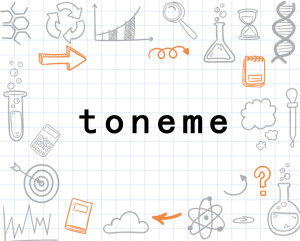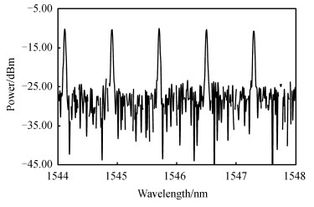Understanding the Tone of a Message: An In-Depth Algorithmic Approach
When you receive a message, whether it’s an email, a text, or a social media post, the tone of the message can significantly impact how you interpret its content. The tone can range from positive and friendly to negative and aggressive. To help you better understand the tone of a message, various algorithms have been developed. In this article, we will delve into the details of these algorithms, exploring how they work and their effectiveness in gauging the tone of a message.
What is Tone Analysis?

Tone analysis, also known as sentiment analysis, is the process of determining the emotional tone of a message. This can be done through the use of algorithms that analyze the words and phrases used in the message to determine its emotional content. The goal of tone analysis is to provide a quick and accurate assessment of the emotional tone of a message, which can be useful in various contexts, such as customer service, marketing, and personal communication.
Types of Tone Analysis Algorithms

There are several types of tone analysis algorithms, each with its unique approach to determining the emotional tone of a message. Here are some of the most common ones:
| Algorithm | Description |
|---|---|
| Rule-Based Algorithms | These algorithms use a set of predefined rules to determine the tone of a message. They analyze the words and phrases used in the message and match them against a database of known emotional expressions. |
| Machine Learning Algorithms | Machine learning algorithms use a large dataset of labeled messages to train a model that can predict the tone of new messages. These algorithms can learn from the data and improve their accuracy over time. |
| Lexicon-Based Algorithms | Lexicon-based algorithms use a database of words and phrases that are associated with specific emotions. They analyze the message and assign a score to each word or phrase based on its emotional value, then combine these scores to determine the overall tone of the message. |
How Rule-Based Algorithms Work

Rule-based algorithms are one of the simplest and most straightforward approaches to tone analysis. They rely on a set of predefined rules that are created by human experts. These rules are based on the linguistic patterns and emotional expressions that are commonly found in messages with a particular tone.
For example, a rule-based algorithm might identify the word “happy” as a positive emotional expression and assign a positive score to the message. Similarly, it might identify the word “sad” as a negative emotional expression and assign a negative score to the message. By analyzing the scores of all the words and phrases in the message, the algorithm can determine the overall tone of the message.
How Machine Learning Algorithms Work
Machine learning algorithms are more complex and powerful than rule-based algorithms. They use a large dataset of labeled messages to train a model that can predict the tone of new messages. The model is trained to recognize patterns in the data and use these patterns to make predictions.
One common type of machine learning algorithm used for tone analysis is the Naive Bayes classifier. This algorithm is based on Bayes’ theorem and assumes that the words in a message are independent of each other. By analyzing the frequency of words and phrases in the labeled messages, the algorithm can determine the probability that a message has a particular tone.
How Lexicon-Based Algorithms Work
Lexicon-based algorithms use a database of words and phrases that are associated with specific emotions. These databases are often created by human experts who analyze a large number of messages and assign emotional values to the words and phrases they find.
When analyzing a message, a lexicon-based algorithm will assign a score to each word or phrase based on its emotional value. The algorithm will then combine these scores to determine the overall tone of the message. For example, if a message contains many positive words and few negative words, the algorithm might assign a positive score to the message.
Effectiveness of Tone Analysis Algorithms
The effectiveness of tone analysis algorithms can vary depending on the context and the specific algorithm used. In general, machine learning algorithms tend to be more accurate than rule-based algorithms, as they can learn from a large dataset of labeled messages and adapt to new patterns in the data.
However, even the most advanced machine learning algorithms can be prone to errors.




